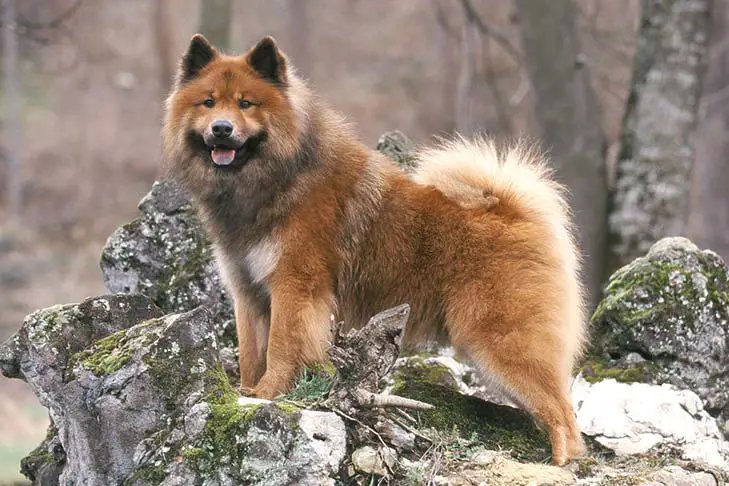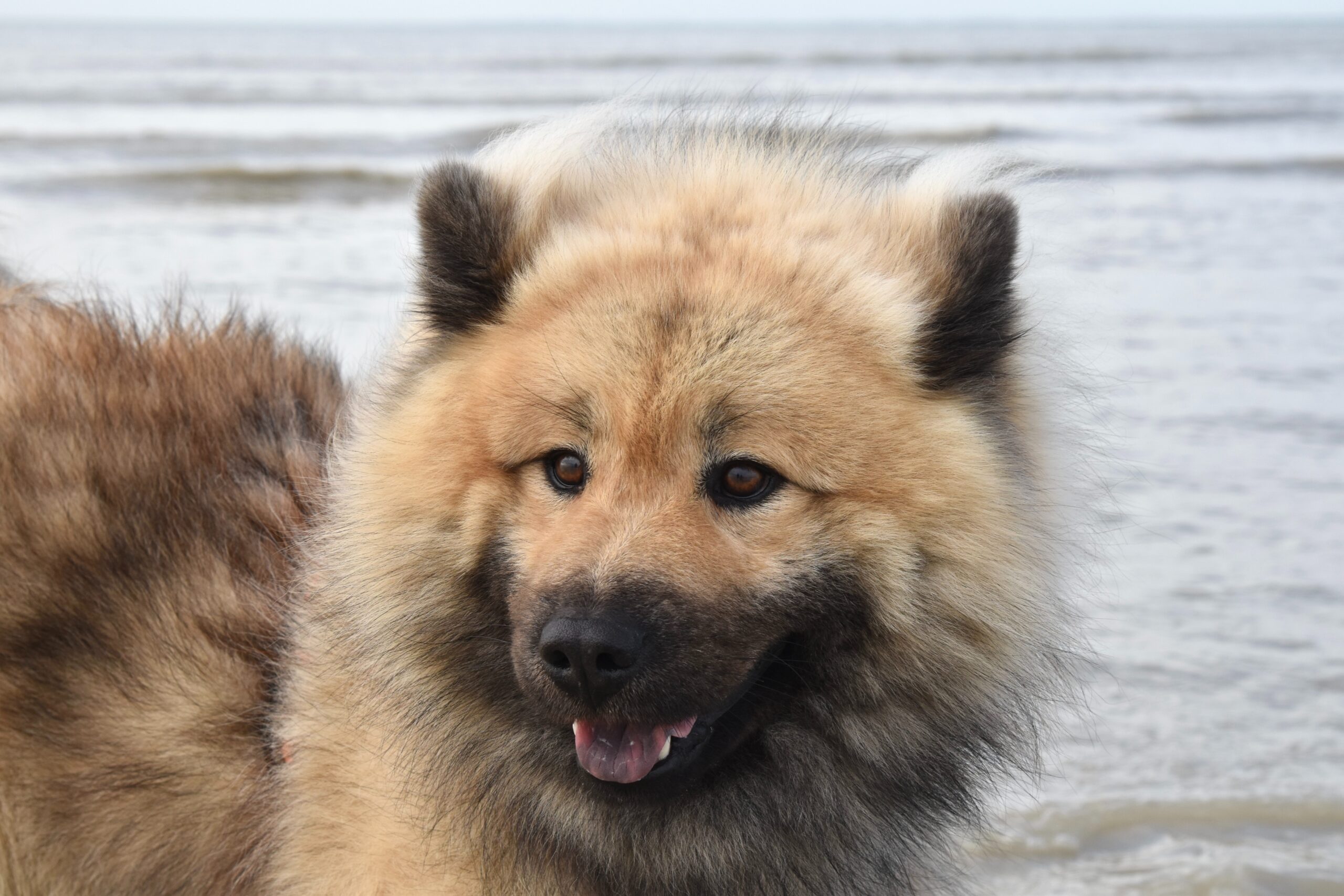Eurasier
Average sizes and life
expectancy of the breed.
Height
19-24 inches
Weight
40-70 pounds
Life Expectancy
12-16 years
Breed Traits & Characteristics
About the Breed

Owning a dog is not just a privilege; it’s a responsibility. They depend on us for, at minimum, food and shelter, and deserve much more. When you take a dog into your life, you need to understand the commitment that dog ownership entails.
 Health
Health
 Grooming
Grooming
 Exercise
Exercise
 Training
Training
 Nutrition
Nutrition
History
German resident Julius Wipfel looked for a replacement for his black, intelligent, and independent Spitz-type dog. He wanted a dog that would be a fantastic family pet and that would exhibit the adaptability and social skills of the wolf, the dog’s ancestor. Wipfel and other dog lovers began the arduous process of attempting to create a breed that is focused on families. The first litter of “Wolf-Chow” puppies was produced through the cross-breeding of a Chow Chow and a Wolfspitz, according to strict breeding plans and directed breeding. Then, in 1972, a Samoyed was bred to add that breed’s amiable character, and their child was given the name “Eurasier” to reflect the breed’s European and Asian ancestry. In 1973, the German Kennel Club and the Federation Cynologique International acknowledged the breed. The standard was rewritten in 1994.




